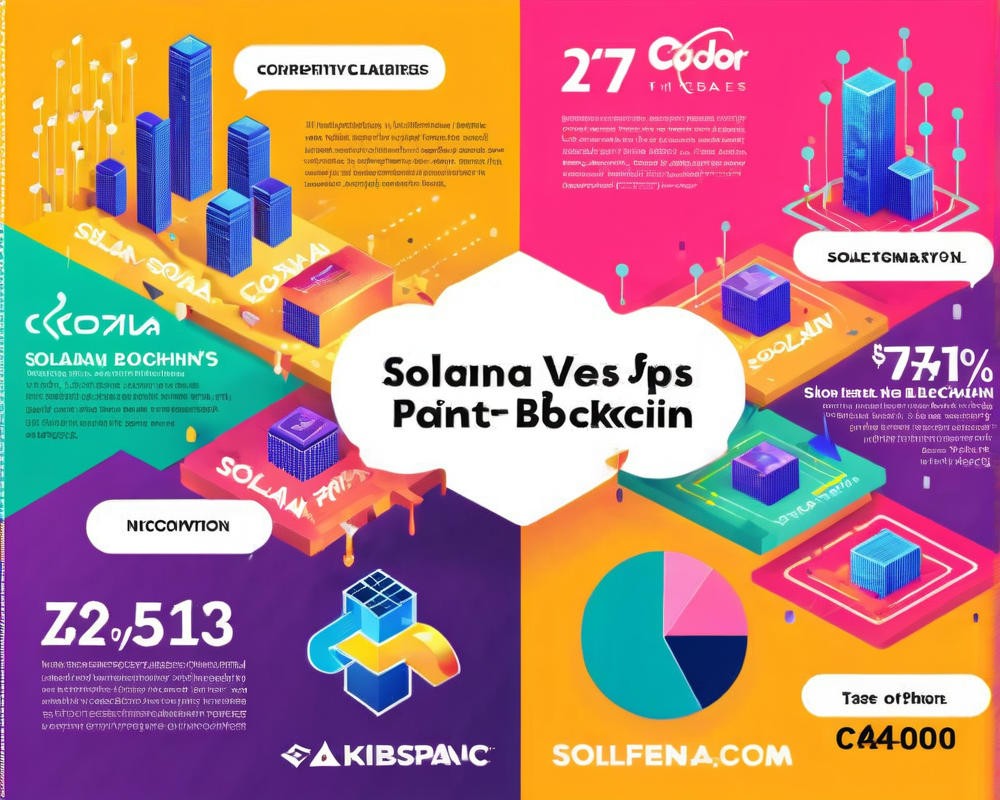The Race of Blockchains
In a thrilling showdown of blockchain technology, the recent experiment conducted by Dragonfly Research has revealed a stellar performance by Solana’s Orca DEX. It raced ahead with an impressive 273.34 trades per second, compelling every crypto enthusiast to shake their heads in disbelief and perhaps a touch of envy.
Performance Breakdown
The results showcased a fascinating competitive landscape:
- Solana (Orca DEX): 273.34 trades/second
- BNB Smart Chain (PancakeSwap): 194.6 trades/second
- Polygon: Falling closely behind
- Avalanche, Celo, and Ethereum: Bringing up the rear
All in all, Ethereum’s once-glorious reign as the blockchain titan appears to be dwindling—much like my phone battery at 2%. Who knew it would take a bunch of nerds and their token swaps to put the spotlight on the little guy?
The EVM Debate
One of the most intriguing points raised by the researcher known as “GM” in a now-famous blog post was that the ecosystem built around Ethereum Virtual Machine (EVM) chains is rich but slightly outdated. He cheekily suggested that to achieve high performance, we might have to look beyond the EVM-friendly playgrounds. “Abandoning the EVM,” he argued, is a stark, perhaps premature suggestion.
His comparison of Ethereum to the now-nefarious MS-DOS of smart contracts was just the cherry on top. He equated the current blockchain landscape to the leap from the lovable Windows 95 to a sleeker, high-speed system. I mean, who doesn’t enjoy a little tech nostalgia?
A Look at the Experiment
The experiment aimed at understanding blockchain throughput, quite like filling my cup with coffee during a Monday morning meeting—ready to swap, trade, and sip. By measuring how many swaps could occur per block on native automated market makers (AMMs), the team used Uniswap v2 as a benchmark.
Uniswap v2, the reigning champion with a whopping $1.6 billion in 7-day transaction volume, set the bar at 18.38 transactions per second. It’s important to remember that the experiment didn’t test rollup scaling on layer-1 chains, as rollups can apparently crash any blockchain party!
The Centralization Conundrum
However, amid the confetti of victories, there’s a cloud of concern looming overhead. Critics from Spookyswap, nestled cozily on the Fantom Opera, stepped up to the mic, criticizing Solana’s centralized design that hinders decentralization. Their argument paints Solana as a party that, while successful, could pack up and leave when the music stops — a disaster for those relying on long-term stability.
Conclusion and Future Outlook
While Solana’s accolades for performance are undeniable, GM encourages readers to be responsible crypto citizens by “doing the math yourself.” In a world of rapidly evolving technology, where innovations come out like popcorn at the movies, the next breakthrough could come from anywhere. Will another layer-1 blockchain surpass EVM-compatible chains? Only time will tell, much like waiting for your laundry to dry—excruciatingly long, yet often full of surprises!




